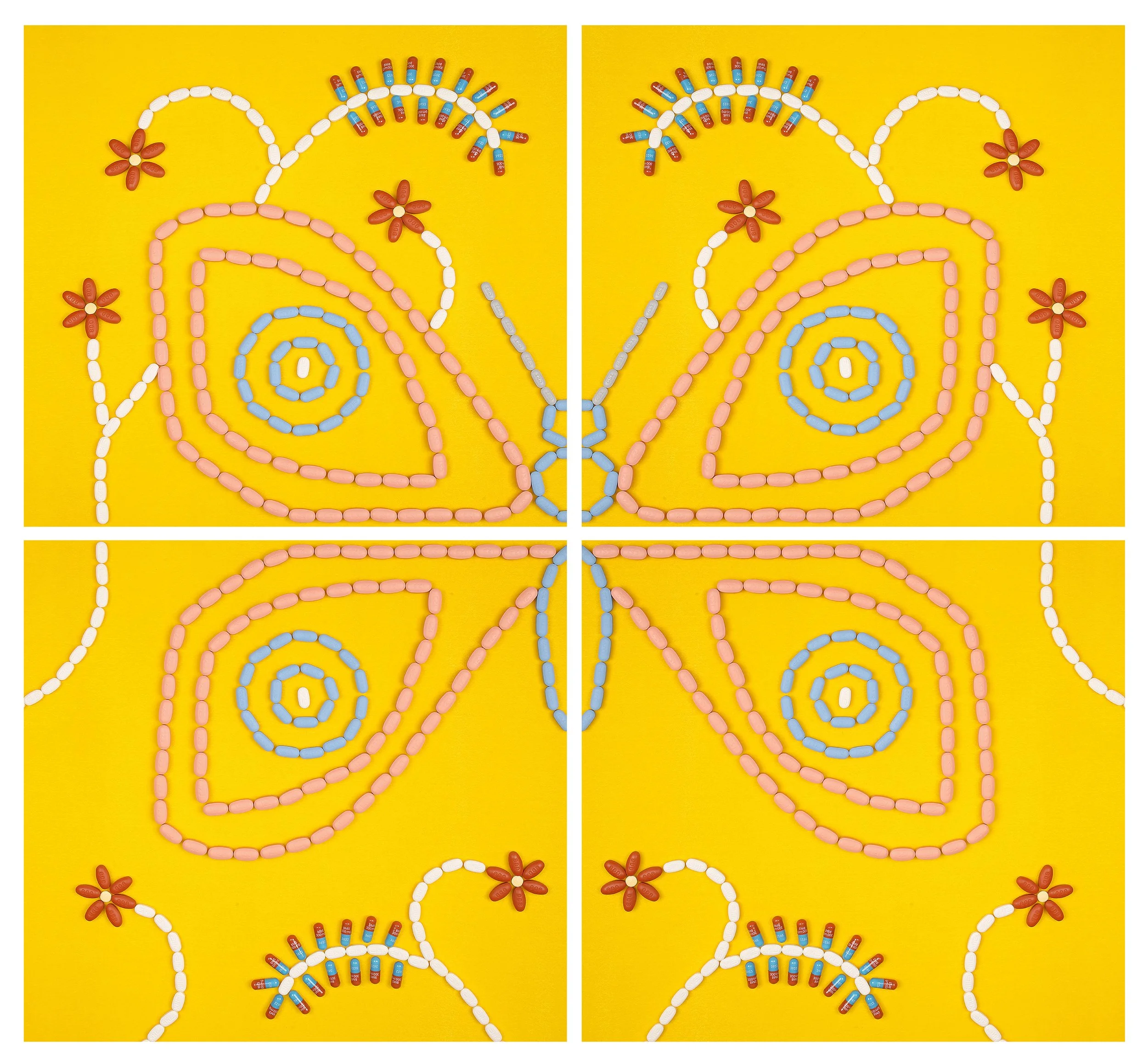DARK BIG BANG
DARK BIG BANG draws its title from the leading quantum theory on the origin of dark matter in the universe: a separate, second big bang that unleashed all the unseen and immeasurable dark energy inhabiting most of the known universe. Russell draws a parallel between this cosmological phenomenon and the root traumas experienced along our own human timelines—events that affect our everyday existence yet are often difficult to pinpoint. These moments can stem from ancestral trauma passed down generationally, childhood trauma, past experiences of death and illness, as well as moments of "root joy" that can shape how we move through life.
This generational work led Russell to uncover his Choctaw family’s involvement in the devastating and genocidal Trail of Tears, ending in Oklahoma; his family’s land allotment under the detrimental policy of dividing shared reservation land into private ownership; and his grandmother and great-grandmother’s forced attendance at a Catholic Indian Boarding School near his hometown. The latter was an instrumental tool in the erasure of Indigenous culture and the loss of generational knowledge in his family—and Indigenous families across Turtle Island (a term for North and Central America used by many Indigenous peoples).
The work in DARK BIG BANG finds Russell taking traditional Choctaw crafts—such as basket weaving, pottery, beadwork, and embroidery (practices that take elements of nature to create art and symbology through repetition)—and pulling them into three-dimensional sculptural works and photographic "drawings" using a wide variety of materials. These materials speak to his own complex history as a queer rural artist, raised on the Chickasaw reservation, who would later become a widower and AIDS survivor. This Venn diagram of identities and histories takes the form of geometric goddess figures constructed from lighting gels commonly used in gay bars and nightlife culture; multi-panel pieces featuring his HIV medication photographed on velvet, reading more like embroidery than photographs; kaleidoscopic sets made of mirrors and roses whose logistics are impossible to discern; and blocks of bulletproof acrylic floating effortlessly in space.
DARK BIG BANG is both a meditation on trauma and a celebration of the joy that can arise from our shared human experience. Through this innovative body of work, Benjy Russell invites viewers to embark on a journey of reflection, healing, and hope—a journey from darkness into a reimagined future.

























